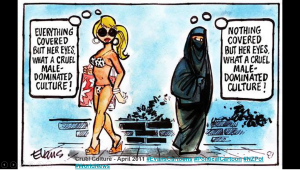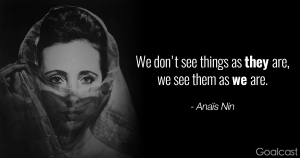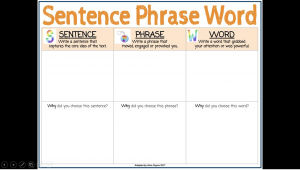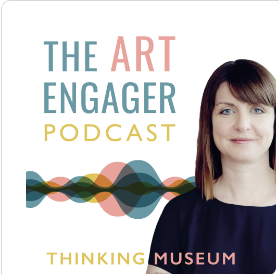Word – Phrase – Sentence: Voice & Choice with this great Thinking Routine
Hi Everybody
Today I am sharing what we did in one of our classes last year with my senior students.
A little bit of context: my students were preparing for their IB English exam. We were dealing with the theme: Identities and within identities, my goal was to invite them to reflect on the beliefs and values we cherish.
So I gave them the following image to see what they could reflect on it:
and this quote:
This was an excellent boost for the theme we needed to reflect on. A lot of speaking developed as I asked them:
- What do you see?
- What do you think of what you see?
- What do you wonder? Which are your questions?
After some minutes of interesting conversations I posted the following:
This quote captures how we look at people, events, and ideas through our own life experiences, our beliefs, and our feelings. In other words, we look through our own cultural lenses. We all do it. It’s human nature. The key is to realize that we do, recognize when we do it, and to be honest with ourselves about how it might impact those around us.
Ironically, both women in the cartoon have drawn the same conclusion about the other, but for different reasons. Both place judgment on the other from their own cultural perspective. Taking it a step further, they might even assume their culture and cultural views to be superior. Ethnocentrism is “judging another culture by the values of one’s own culture.” And more often than not, that judging results in superior/inferior attitudes and labels. We see this happening in news stories, in our daily lives, in our workplaces, churches, and schools.
Then I invited them to watch the following video: https://www.khanacademy.org/test-prep/mcat/society-and-culture/culture/v/culture-and-society
They had to take down notes of important ideas in the video.
- Sts discussed and shared their notes on video in breakout rooms.
This is when I introduced the Thinking Routine: Word – Phrase – Sentence (http://www.rcsthinkfromthemiddle.com/sentence-phrase-word.html)
Students were asked to choose a word – a phrase – a sentence from the video and be ready to say what made them choose those.
The Sentence-Phrase-Word thinking routine helps learners to engage with and make meaning from a chosen resource with a particular focus on capturing the essence of it or “what speaks to you”. The power of the routine lies in the discussion of why a particular word, a single phrase, and a sentence stood out for each individual in the group as the catalyst for rich discussion. Learners must justify their responses and it sets the stage for considering themes, implications, predictions, and lessons to be drawn.
Students then had to write their choices on this padlet: https://padlet.com/maria_barberis/erl4n2ow0lu6hpiv
This allowed me to see their choices and what things they had paid more attention to and eventually what things had gone unnoticed so that revisiting was needed.
This is one of my favourite thinking routines. You can use it with songs, Ted Talks, texts and pretty much any resource you want your students to reflect on.
After they had completed the padlet, we reflected on their choices and they were given the chance to reason with evidence as they pinpointed their choices.
As a follow-up, I asked them the following:
Look for at least THREE images/artwork that you connect to identifying individual culture. Be ready to share in class using specific vocabulary on identities.
Be ready to reason with evidence
A very flexible Thinking Routine, indeed. I highly recommend it!
As per receiving feedback during Jam Lessons, next time I would include specific timing for each of the steps.
Many thanks, Jammers!
Check the whole presentation here!
Class June 23rd- Academic Wiriting [Autosaved]







